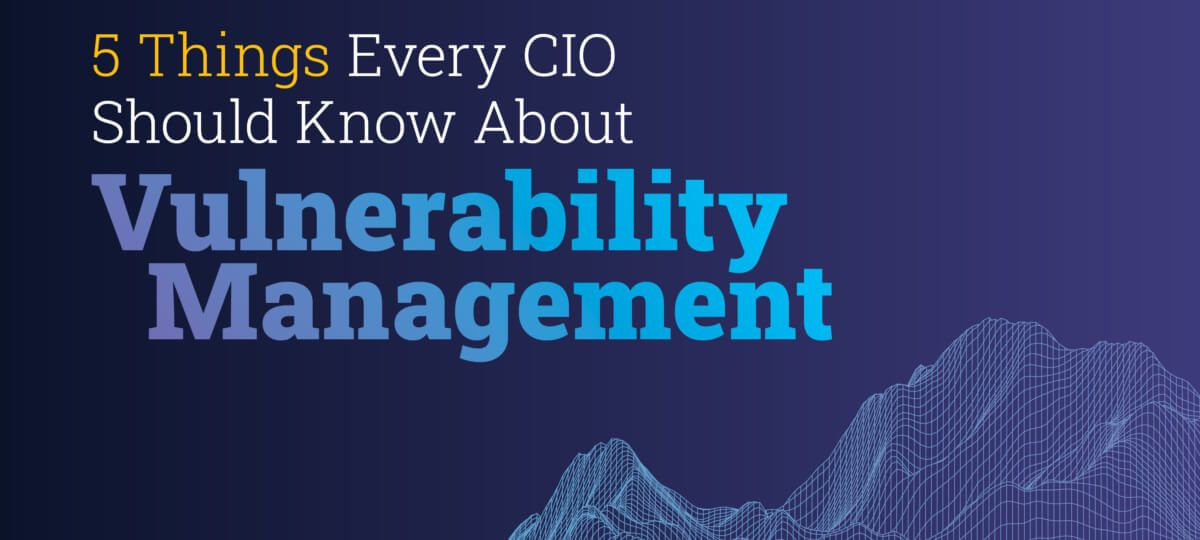Adapting Customer Experience Teams In Changing Times.
Share with Your Network
The coronavirus pandemic has upended nearly all aspects of business. The rapid (and sometimes unplanned) shift to work from home arrangements has, in turn, led to increased demand for support at SaaS companies, like Kenna Security, where I serve as CMO.
I wanted to explore how organizations are maintaining their dedication to providing superior customer experiences. So I looked in my own backyard and spoke to Charles Coaxum, the head of customer experience at Kenna Security.
The past six weeks have been a whirlwind. What’s changed for you and what’s changed for the customer?
What hasn’t changed? My team was already remote, so working from home is nothing new. And we’re fortunate in that 99.9 percent of the work we do, especially when it comes to onboarding customers, is unabated. The challenge for everyone is all the outside influences, and the way the boundaries between home and work have eroded. But we’re still onboarding customers, and we’re still helping customers get all the value they can out of the product.
Any advice you could give companies that have to do this on the fly?
There’s really two things going on. Is your organization prepared to work from home and are you prepared for what happens when your customers transition to working from home? Our work from home arrangements are pretty mature, but we’ve had to do some things differently to arm our CX team to meet the challenge of the moment. We’re seeing areas where we could use more tools or online resources, like webinars, to be more effective.
We’ve built our strategy around empowerment and empathy. Employees need to be empowered to make decisions quickly and not have to go through several layers of management for decision support. Customers are facing challenging times and they want answers. Empathy means that we’re leaning into our customers. For us, work from home is easy. We can’t assume our customers are in the same boat. We’ve got to listen. Sometimes, that means adjusting meetings to be more flexible with schedules. Some of our clients might no longer be allowed to use certain video conferencing apps. There’s a lot of coordination that needs to happen, and sometimes things are just going to happen ad hoc.
What about internal collaboration?
That’s always a challenge for every organization. You really have to increase the communication cadence. We have a lot of meetings. We have interlock meetings with product teams, sales, and marketing. Right before this interview, I was on a call with my leadership team. That’s a call that used to happen once or twice per week, but we’re doing it everyday. It’s about checking in on each other and looking out for each other to make sure nothing gets dropped. Things feel as if they are moving much faster, and everyone needs to be looped in so, if there’s a message that needs to go to marketing or a product team and I can’t get to it, then someone on my team can, and any one of us can answer questions.
Are more customers looking at this situation and demanding that “white glove” level of service?
I mean this in the most positive way, you always have customers that need more. But for our product, that has a lot to do with how long the customer has relied on us and how mature their vulnerability management model is. For me, it’s about making sure we’re addressing customers that need that one-to-one support, and making sure we have materials for the folks that are comfortable with self-help.
In the first quarter of this year, we launched some expedited implementation services called Kenna Kickstarts, and those are things new customers can take advantage of to accelerate their time to value. We enhanced our premium support service levels so our response times were faster. I won’t say it was foresight, because who knew this was coming? But it’s been fortuitous to have those at this moment.
What are some of the biggest challenges your customers are facing?
Some challenges are industry specific and some are pandemic specific. When I say pandemic specific, I’m thinking of those iconic Fortune 500 companies with big offices that never really had a work from home culture. Just the logistics of getting those people the equipment that is secure and ready they can get into the core network, those are pandemic specific challenges.
We’ve had a couple situations where the customers were convinced our systems were down. We know our systems aren’t down. What we’ve found is that they didn’t have their VPN or their firewall configured properly. That’s not a Kenna issue, but we have to lean into those. It becomes our issue because we want to support and assist them. And customers really appreciate that we want to help them.
And last. There’s a lot of uncertainty out there. What’s your advice to people that need to take the lay of the land?
All the way up, our executive team, from our director of global sales to our CEO have been engaged in two-way conversations with customers and stakeholders to understand what industries are impacted, what are they doing. These two-way conversations help us understand what strategy we need to employ to help those specific groups and what we can do to support our customers that are in a similar situation. That just gives us a bigger picture of what we’re up against.
And I know you (Caroline) are also engaging, our community. In marketing, it’s been really hard to know how to strike the right tone with so much uncertainty out there. But I see you out there, working with our closest customers, seeking their advice on things like marketing copy. I think it’s important that we’re all staying engaged.
A special thanks to Charles for providing some of his best practices and advice. We’ve also got some additional tips for organizations transitioning to work from home, along with security considerations for CIOs. I hope these insights can help you and your companies navigate what is likely a pretty tumultuous time for your organization.
Stay safe and we’ll get through this together!






